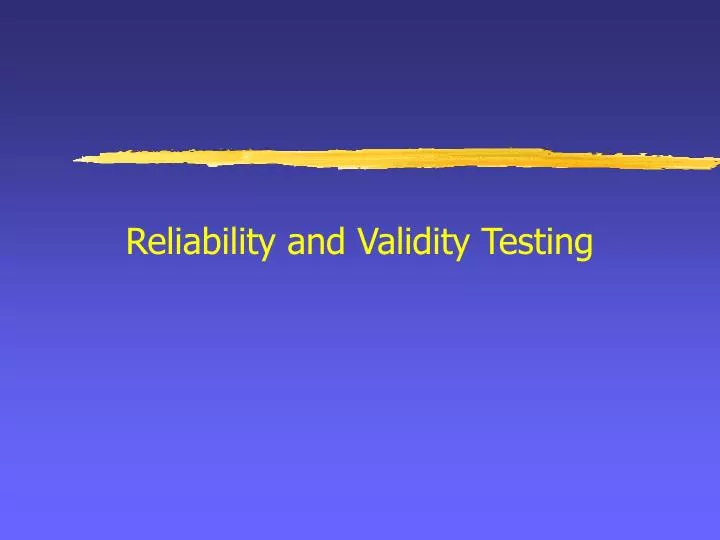


The authors found that lowering the threshold from 4.0 to 2.6 ng/ml would double the rate of detection of cancer to 36%, although it would also increase the number of false positives. Currently, a PSA concentration of 4 ng/ml is considered normal.Īccording to those criteria, only 2% of the men had a false positive result-they had an abnormal PSA concentration (>4 ng/ml), but subsequent biopsy showed that they did not have prostate cancer. They found that, 82% of the time, men aged under 60 who had prostate cancer nonetheless had a PSA concentration that was considered normal.

The authors used a receiver operating characteristics curve to plot the diagnostic accuracy of the various cut-off values. The authors used the PSA concentration from the initial enrolment visit to determine the sensitivity and specificity of the test at various cut-off values. Of these men, 705 (11%) subsequently underwent biopsy of the prostate and 182 were given a diagnosis of prostate cancer. The men had their total PSA concentration measured and underwent a manual rectal examination ( New England Journal of MedicineĢ003 349: 335-42 ). The standard blood test used to screen for prostate cancer, the prostate specific antigen (PSA) test, already considered to be inaccurate, is failing to identify eight of every 10 men aged under 60 who later have prostate cancer diagnosed, a study shows.īetween 19 Dr Rinaa Punglia, of Harvard Medical School, and her team examined 6691 consecutive men enrolled in a screening study at the Washington University School of Medicine, in St Louis.


 0 kommentar(er)
0 kommentar(er)
